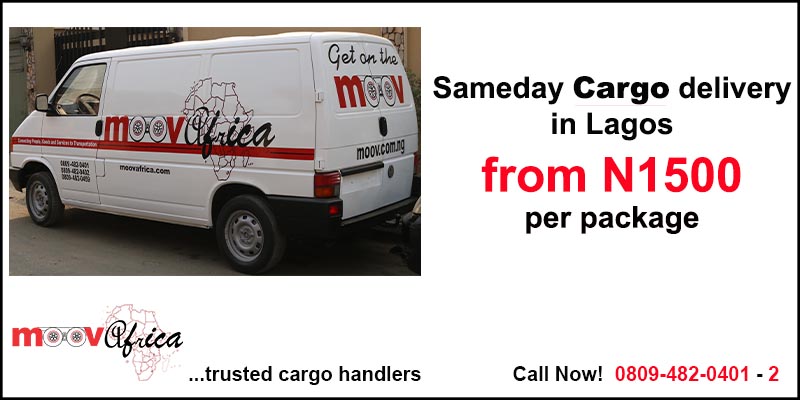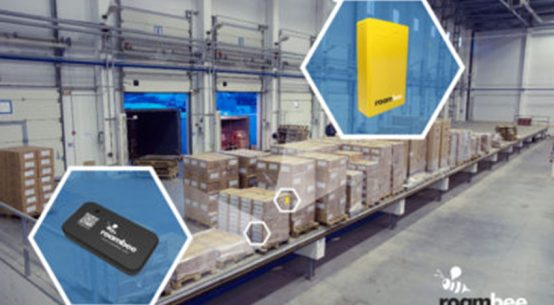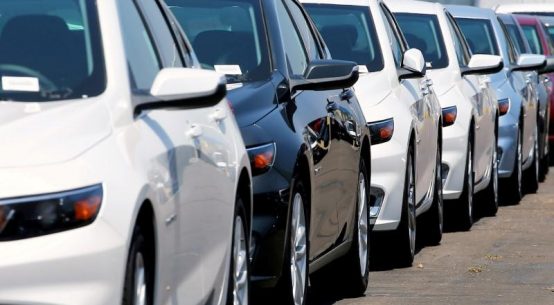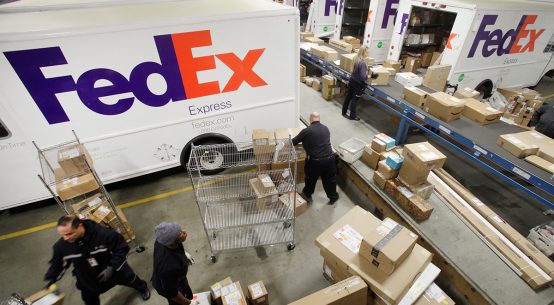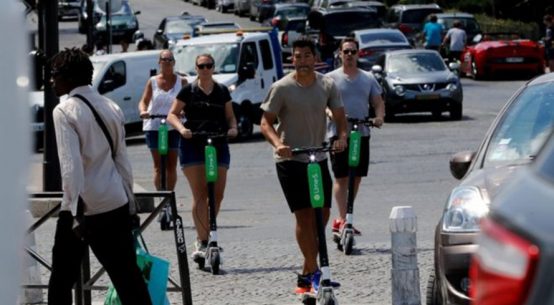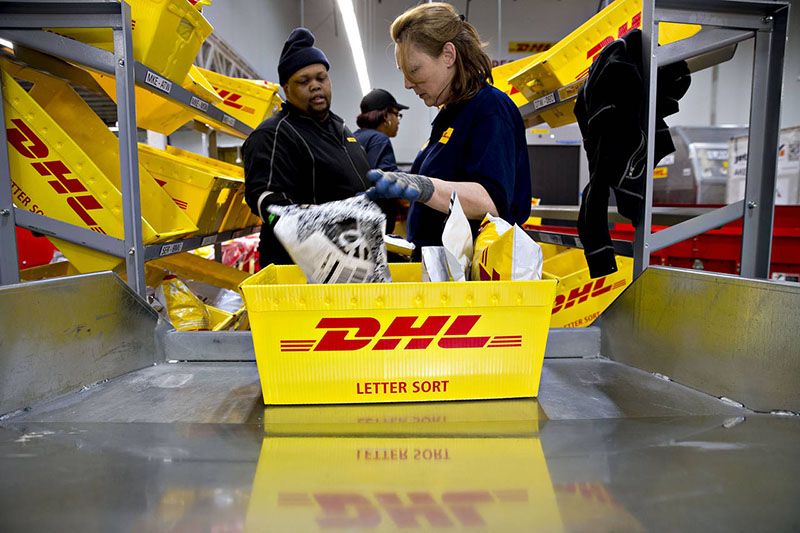
DHL pulled back from U.S. domestic delivery services 10 years ago and has focused on international shipments since then. PHOTO: BLOOMBERG NEWS
Express service aimed at e-commerce shipments will start in major cities, will offer new competition for growing online commerce delivery to homes
Deutsche Post AG’s DHL business is tiptoeing back into the domestic parcel delivery in the U.S., drawn in by the strong growth in e-commerce to bring new competition to a market that’s been dominated by United Parcel Service Inc. and FedEx Corp. for a decade.
DHL said Thursday it is launching a new same-day and next-day delivery service for online retailers in Chicago, New York and Los Angeles. The service will expand to Dallas, Atlanta, San Francisco and Washington, D.C., by the end of the year, and will rapidly add more cities over the next few years.
“We pay a lot of attention to what consumers are demanding of the online marketplaces and retailers they’re buying from,” said Lee Spratt, chief executive of DHL eCommerce’s Americas division. “Faster, cost-effective delivery is going to be a future requirement to play in this space.”
‘We need another small-parcel provider here. ’
The firm has been testing its new delivery service, dubbed Parcel Metro, in select cities over the last two years. The service engages drivers through crowd-sourced applications for deliveries within a few hours and taps into local couriers and delivery companies for one- and two-day deliveries, using DHL eCommerce’s warehouse facilities to consolidate orders.
DHL’s move to launch some U.S. delivery services again could increase competition for both UPS and FedEx, currently the dominant players in speedy e-commerce deliveries in the U.S.
Both companies have been raising prices aggressively to help cover the costs of surging residential deliveries, which are more expensive than traditional business-to-business stops. A new, low-cost entrant to the market could make that more difficult.
“We need another small-parcel provider here,” said Cathy Roberson, a logistics industry analyst. “The shipping rates need to come down. They’re getting a little ridiculous, so bring it on.”
A spokeswoman for UPS declined to comment specifically on DHL’s strategy, but said via email, “There is tremendous opportunity in the B2C (business-to-consumer) market and more growth coming to the sector and UPS, irrespective of how other companies shift strategies.”
FedEx did not immediately respond to requests for comment.
The move by DHL appears to be just a stepping stone for now and it could be several years before the firm’s network is big enough to compete with UPS and FedEx, Ms. Roberson added. “This sounds like a very cautious but logical approach” to re-entering the market, she said.
DHL pulled back its U.S. express-delivery unit in 2008 after investing billions of dollars to challenge UPS and FedEx, an effort that included the acquisition of the delivery services of smaller operator Airborne Express and a regulatory battle over the German-owned company’s right to fly cargo aircraft in the U.S.
Since then, the firm has focused on international parcel shipments, handing off domestic deliveries from its warehouses to the U.S. Postal Service. DHL eCommerce, originally called Global Post, maintained its U.S. presence after the broader DHL withdrawal and operates 21 warehouses in the country.
The decision to launch delivery services in more populous urban markets also echoes a strategy employed by Amazon.com Inc., which has been handling deliveries from its own fulfillment centers in at least 37 U.S. cities, as well as through its Prime Now one- and two-hour offering in more than 50 markets globally. Amazon is also rolling out a delivery service for third-parties, “Shipping with Amazon,” where the online retail giant will pick up packages from businesses and ship them to consumers.
Under DHL’s new Parcel Metro service, vehicles and drivers will not display the DHL brand, Mr. Spratt said. But consumers will be able to see a picture of their driver and follow deliveries to their doorsteps on a map, similar to the functions in the Uber Technologies Inc. ride-sharing app.
- Wall Street Journal
.
